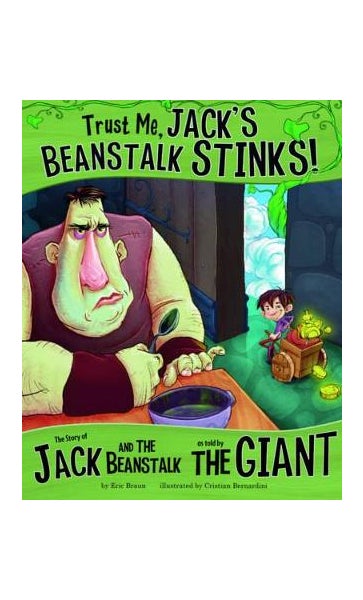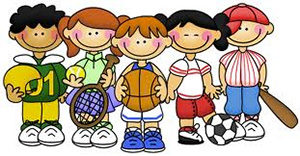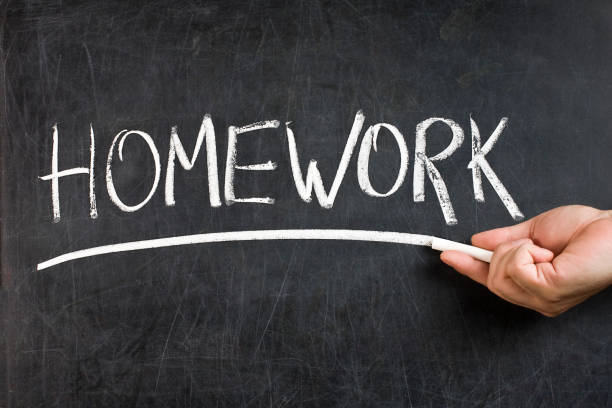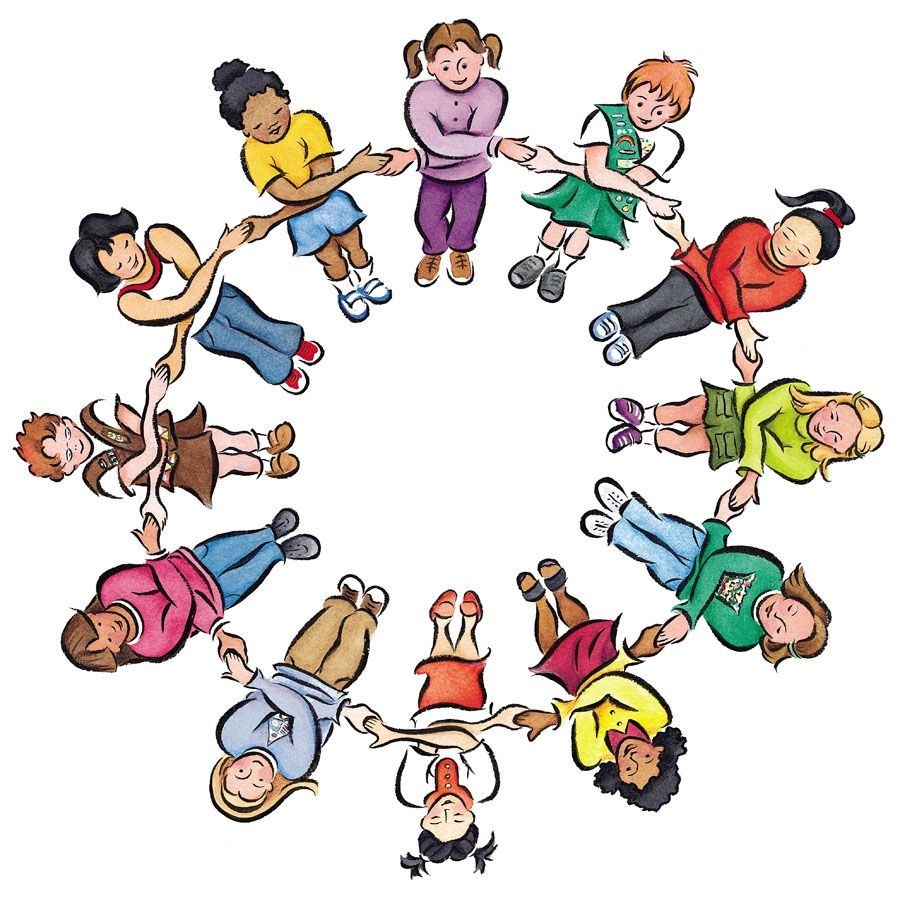
Welcome to Reception Class 2023-2024
Our Summer 1 topic in Reception is
Roots, Shoots & Muddy Boots



To view our curriculum topic web for our current topic 'Roots, Shoots and Muddy Boots' please click here
Our Spring 2 topic in Reception was...
Pesky Pirates!



To view our curriculum topic web for our current topic 'Pesky Pirates!' please click here
Our Curriculum map
To view and download our curriculum map please see our whole school website Curriculum page.
Reading

Reading is a Specific Area in the Early Learning Goals. Reading is taught daily through whole class lessons, individual reading sessions and small group activities. We also have lots of reading activities set up in our continuous provision in our indoor and outdoor classroom. Reading has a high priority throughout the Reception Unit with books to support all areas of learning.
Reading at home:
Children will bring two books home per week to share and practice their reading skills. One book will be a phonics book matched to their current phonic level and sounds taught and one will be a book they can read for pleasure (this will be a book they share with a grown up and will likely be unable to read unaided) Children will usually have a set reading day each week (although this can change week to week depending on our timetable.)
Please record each time your child reads in their reading record.

PE in the EYFS
Physical development is an area of the Early Learning Goals. The children always have access to areas and resources to develop their fine and gross motor skills everyday. This includes the wide open space of the outdoor area, two play times per day plus lunch time. We also do one taught PE session per week (1 hour) whereby children learn skills in games, dance, gymnastics, football etc.
Reception PE Day: Wednesday (both classes)
Notice: We ask that children come to school in their PE kit on their PE day. They will remain in their kit all day. Children should wear plain black joggers, trainers or PE pumps, their red Garrett Hall PE polo shirt and either their Garrett Hall jumper/cardigan or their black PE hoodie over the top to keep them warm. Jumpers and hoodies will be removed before taking part in PE so please ensure these are named.
Involves guiding children to make sense of their physical world and their community through opportunities to explore, observe and find out about the natural world, people, places and the past and present.
Expressive Arts and Design

Outdoor learning at Garrett Hall
What is outdoor learning?
Learning outside the classroom supports the development of healthy and active lifestyles by offering children opportunities for physical activity, freedom and movement, and promoting a sense of well-being.
Learning in our outdoor area gives our children contact with the natural world and offers them experiences that are unique to outdoors, such as direct contact with the weather and the seasons.
Outdoor play also supports children’s problem-solving skills and nurtures their creativity, as well as providing rich opportunities for their developing imagination, inventiveness and resourcefulness.
By using our outside classroom, we regularly sees the enjoyment, and sense of wonder and excitement that is generated when children actively engage with their environment.
If the weather is bad we may put children into groups and use a timetable. We use the outdoors in sunshine, rain, sleet and snow! :)
Physical development

The Reception Team
Teachers:
Miss C. Partington
Mrs R. Chambers
Mrs S. Chambers (Deputy Head/EYFS Lead)
Teaching Assistants:
Mrs A. McDermotroe (Mon-Fri)
Mrs Crook (nee Hughes) (Mon-Fri)
Miss Lane (Mon-Fri Mornings)
Phonics
In Reception we use the Bug Club Phonics programme to support our teaching of reading and writing. We have a 20 minute session of Bug Club Phonics each day and each session follows a set format in which children practice their previous phonic knowledge, learn new phonemes, digraphs, trigraphs and high frequency words. They practice to read and write words with the new sounds they have learnt. Phonics activities are also set up in our indoor and outdoor classrooms through continuous provision.
Children are put into two groups for phonics according to the stage of phonics they are currently working within.
Our Learning Environment
We aim to provide a calm, neutral style in the classroom and use lots of natural and wooden resources in creative ways. We are currently working towards being a Hygge accredited setting, using open ended resources, and promoting a calm and neutral style of play.
Providing high quality planned experiences for children’s play is an important way for adults to support children’s learning that is both enjoyable and challenging. When children play, they are learning at the highest level. Play can extend certain areas of their learning – for example, developing language skills by promoting talk between children or introducing new vocabulary that they use and act out in their play.
Early Years Foundation Stage Curriculum
Please click the links below for more information:
EYFS information for parents & carers
Literacy

Mathematics
Key Words -Homework

In Reception we follow the Bug Club phonics programme which teaches children how to recognise and break down the sounds in words to read and spell them.
Example: d-o-g in 'dog', s-u-n in 'sun', ch-i-p in 'chip' and b-oa-t in 'boat'.
It also teaches children to recognise tricky words (words in our language that we cannot sound out such as the, you, they etc.) and teaches them to spot a range of high frequency words (words which we see all the time a, at, it, and etc.) quickly and without the need to sound out.
The children are taught phonics in two groups of ability. We also teach some children in small intervention groups where children need more support with their letters and sounds.
High Frequency/Tricky Words:
Here is a list of high frequency/tricky words that you can learn at home with your child. The government say that children should be able to read and spell the Phase 2-3 words by the end of Reception.
Please encourage your child to recognise the words by sight and once they can read them you can also extend this homework by asking them to spell them independently.
Please click here to see our list of words- the words are also shown below in a document.
Pick N Mix Homework
Our homework is in the style of a 'Pick 'n' mix' and we set this half termly to match our topic. The children are given one sheet at the beginning of the half term term that contains lots of different activities that can be completed independently or with an adult. We try to make homework as fun as possible to engage all children!
Please send homework to school during the last week of half term (or send them to us via Seesaw using your home learning code)
Please click on the link below for the homework sheet:
Phonics websites/apps/games
Below are some handy websites and apps to help your child with their phonics/reading. We use alot of these during school for for the children to access during continuous provision on the I-pads. We hope you find these helpful.
Seesaw Our Learning Journey
What is Seesaw?
In the Early Years practitioners were previously required to observe children within their play and evidence their learning. However, in 2021, the government introduced a new EYFS curriculum which removed the observation element. This gives practitioners more time to spend playing with and interacting with the children in their classroom rather than writing observations on Ipads etc. We feel this is a positive adaptation of the curriculum and we are enjoying spending more time with the children.
We previously used the Seesaw app to record children's observations however have decided to keep it as a communication tool for parents.
On seesaw you may see:
-Notices and reminders
-EYFS Newsletters
-Invitations to special events in schools
-Photos of what the class have been up to
Don't forget to use your QR code to sign up to Seesaw. Please speak to your child's class teacher if you need help in setting it up and we will be more than happy to help.
How else do we keep children's independent learning?
Each child will have a booklet style learning journey in which their independent writing and creative learning will be kept. You will get to keep these when your child finishes in the EYFS and moves to KS1.
Can I send things to Seesaw?
Yes! We would still love to see any home learning or observations from yoursevles. Please use the class QR code to sign up to be able to send parental observations from home. If you are sending any observations, please make sure they are relevant to your child's learning and development.
EYFS
Communication and language
Personal, Social and Emotional development































